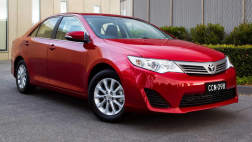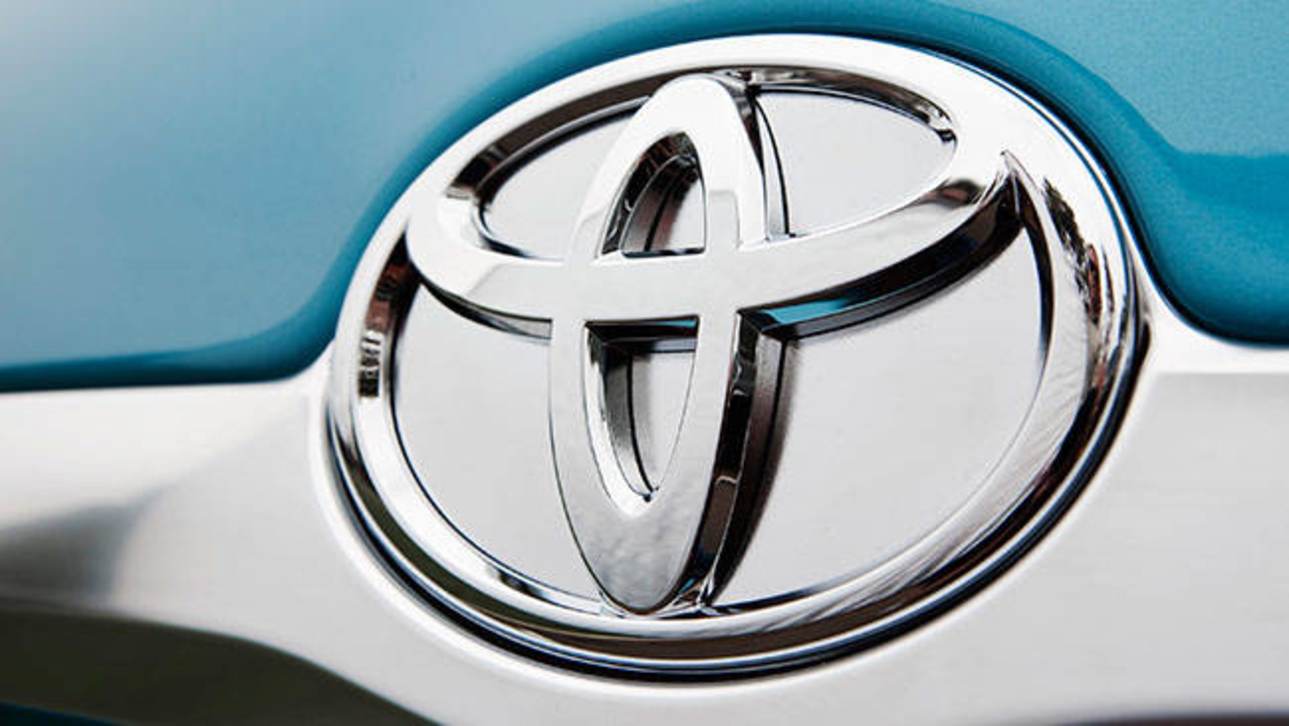The upcoming Camry hybrid is an obvious prospect for overseas sales, with New Zealand already committed, but the real key for Australia is everything from car parts to engineering brains and design skills.
Toyota believes local brainpower could help fuel its growth in the Asian region over the next 10 years with many emerging economies linked through a re-organisation that puts Australia into the same region as China and India. "Australia is very much in a strategic position for this growth belt for automotive," said Yukitoshi Funo, one of only five executive vice- presidents of global Toyota, during a flying visit to celebrate production of the first petrol-electric Camry at Altona in Melbourne.
"Australia is very much strategically well positioned in terms of taking advantage of this growth belt. That is China, Asia, India, the Middle East and even Africa. Australia is not an amateur, if you like, in terms of doing exports for other destinations." But Funo stopped well short of pushing for more Camry exports and said Toyota Australia had other possibilities which would also be open to other local companies, including component makers, in coming years.
"How to integrate this automotive industry with those Asian neighbours is the key question. What is the advantage, what is the weakness, what is the area that should learn more? These are the issues that the Australian automotive industry should address," he said, before focussing on Toyota Australia.
"We have to look at Camry, we have to look at other models, we have to look at components, we have to look at components in components. Like, for example, to reduce the Yen component. "Of course, there are other areas. Like we have engineering units here. They could do organise a closer relationship with sister organisations located in Bangkok."
This would be a similar approach to the one which has worked successfully for both GM Holden and Ford in Australia. Ford has done a number of regional development programs, including two small cars for India and a pick-up for Asia, while Holden engineered and developed the Chevrolet Camaro which is now built in North America.
Toyota Style Australia, run under the direction of Paul Beranger, is already linked into Toyota's global design process and the company makes extensive use of proving ground facilities at Anglesee near Melbourne. Toyota is hopeful that its exports to the Middle East will rebound in 2010 after a major slump this year which has cut output at Altona from a peak of 148,000 to around 110,000 cars.
But, with just 10,000 hybrid Camrys on the books for next year, it is unlikely to be more than a trickle feed to any customers outside the country until at least 2011. Funo also outlined a program to try and make Australia the first 'currency free' operation inside Toyota, removing the peaks and troughs of exchange rate fluctuations that make it so tough to do business as both the country's biggest automotive importer and exporter.
"This company exports many, many cars to other destinations like the Middle East. But at the same time we import many. "I think if we apply a little bit more aggressive effort in terms of the exports, or reducing the currency, or something like that, from Japan to a weaker currency. By doing that we can maybe make Australia the first currency-free operation in the world for Toyota."
"We can expect some counter-measures ... if you want to call it that, with development of small cars and suchlike."





.jpg)
.jpg)



.jpg)
.jpg)

.jpg)


.jpg)













Comments